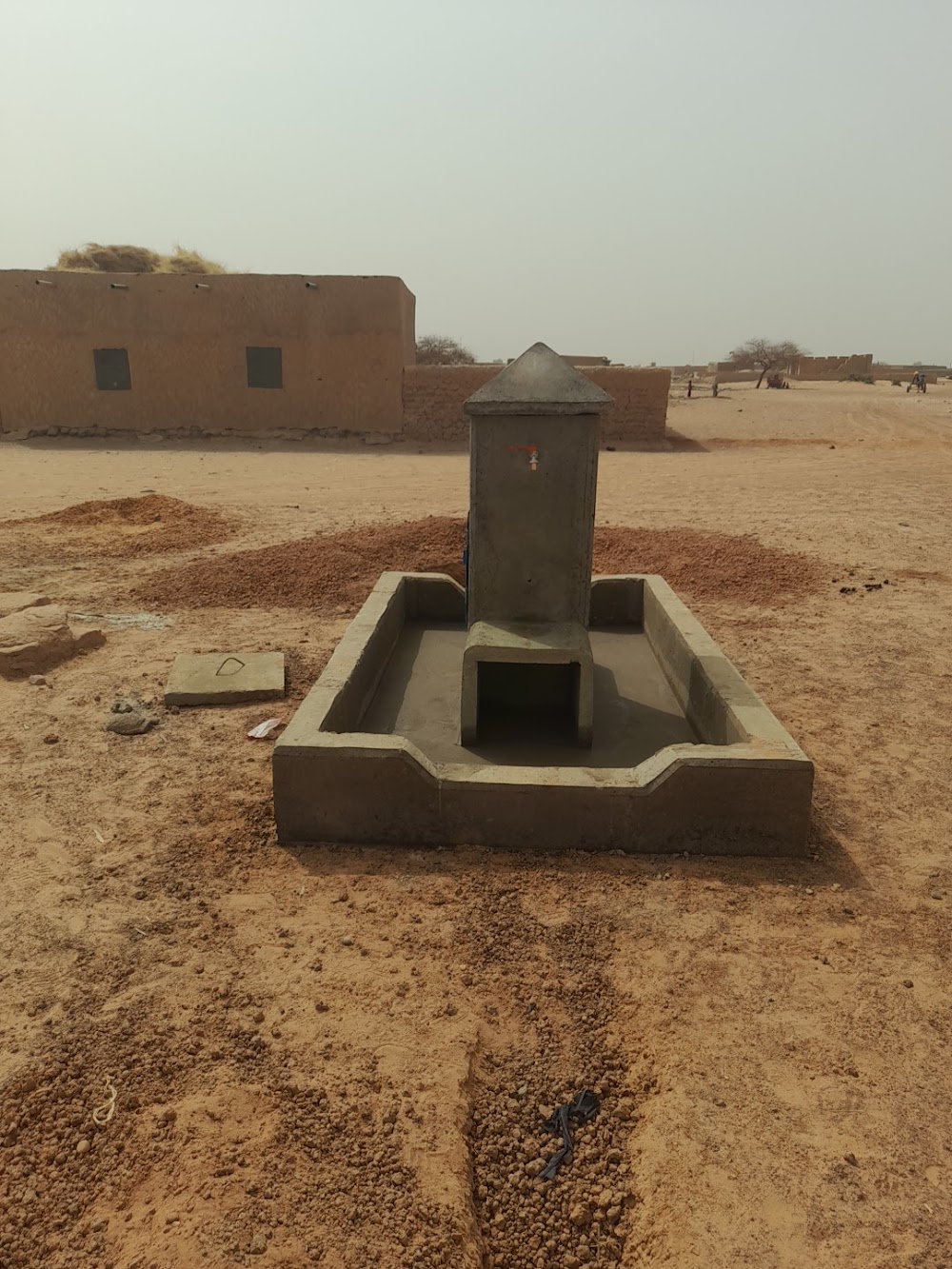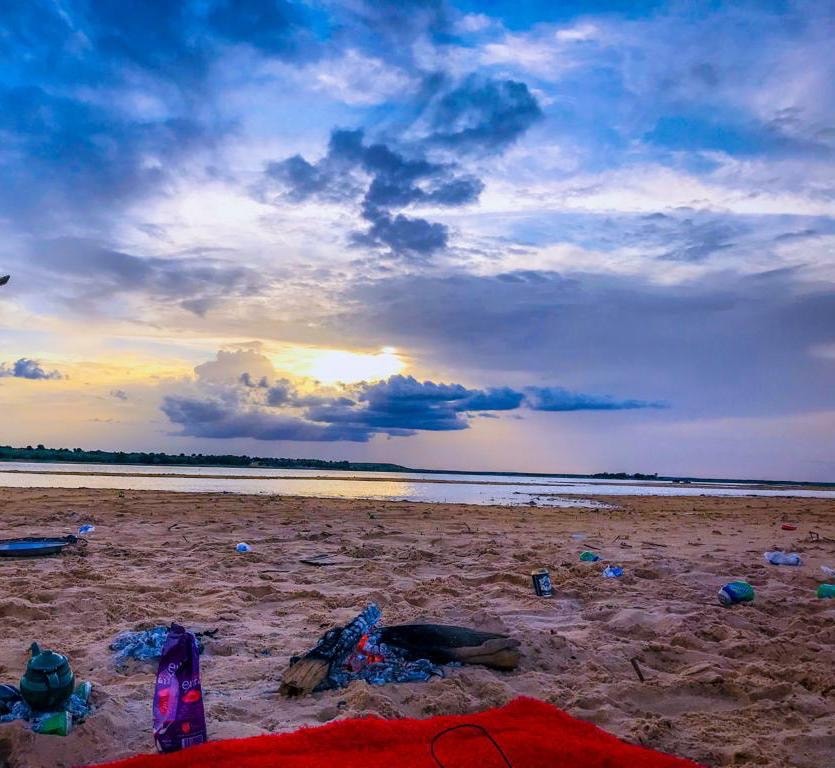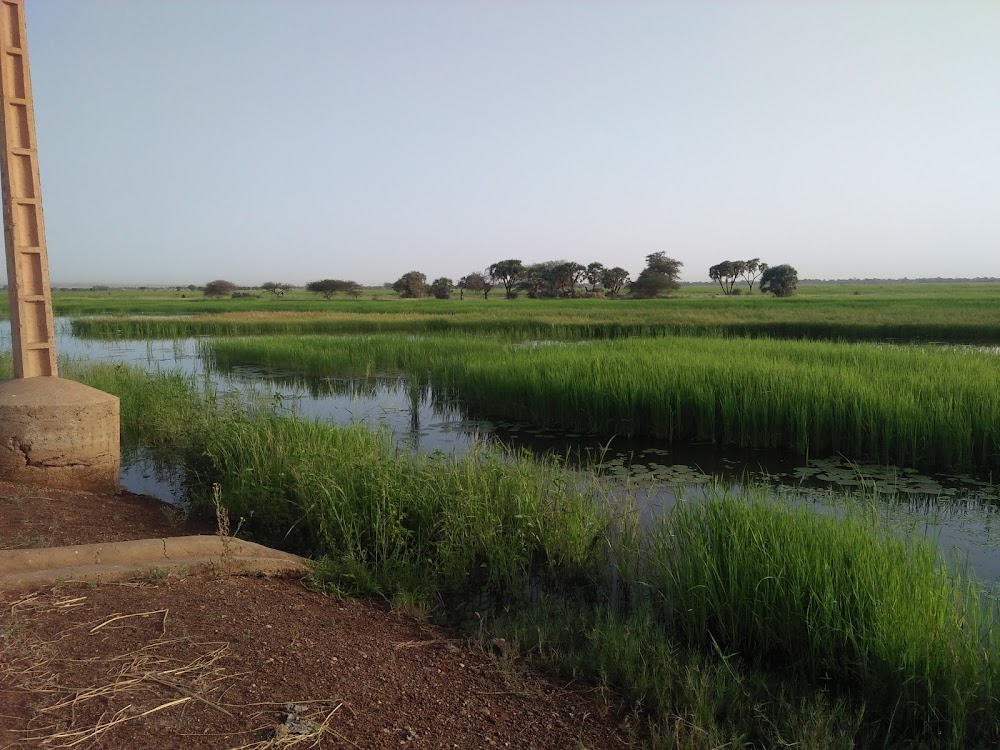Wabaria Bridge (Pont de Wabaria)
Overview
Pont Wabaria: A Vital Connection in Gao, Mali
Pont Wabaria, commonly referred to as the Wabaria Bridge, stands as a monumental feat of engineering in the city of Gao, located in the Gao Region of Mali. This essential infrastructure has transformed transportation and commerce in the region, significantly enhancing the daily lives of local residents.
Addressing Longstanding Challenges
The Wabaria Bridge was conceived to tackle the persistent challenges posed by the Niger River, which flows through the Gao Region. Before its construction, crossing the river was a logistical nightmare, particularly during the rainy season when rising water levels made safe passage nearly impossible. The bridge has turned this obstacle into a seamless connection, allowing for easier movement of people and goods.
Planning and Construction Journey
Planning for the bridge began in the early 2000s, marked by thorough feasibility studies and environmental assessments to minimize disruption to the local ecosystem. Recognizing the bridge's potential to stimulate economic growth and enhance regional connectivity, the Malian government sought international support to fund the project. Generous aid from various international organizations and countries provided the necessary financial backing for this ambitious endeavor.
Construction officially began in the late 2000s, led by a consortium of international and local construction firms. Engineers and workers from diverse backgrounds collaborated to ensure the project’s success, focusing not only on functionality but also on the bridge's ability to withstand the region’s challenging environmental conditions.
Innovative Design and Features
The Wabaria Bridge boasts a modern design that emphasizes both durability and aesthetic appeal. Constructed with reinforced concrete and complemented by steel components, it spans several hundred meters, effectively linking both banks of the Niger River. Its wide lanes are designed to accommodate vehicles, cyclists, and pedestrians, making it a versatile structure serving multiple transportation needs.
Overcoming Logistical Challenges
One of the most impressive feats of the bridge's construction was overcoming the logistical hurdles associated with transporting heavy machinery and materials to the remote site. Many components had to be transported over long distances through areas with limited infrastructure. Despite these challenges, the engineering teams adhered to a strict timeline and budget, showcasing exceptional coordination and problem-solving skills.
A Momentous Inauguration
The Wabaria Bridge was completed and officially inaugurated in 2011, an event that celebrated progress and unity. Attended by government officials, international representatives, and local residents, the inauguration marked a new chapter for the people of Gao, instilling a sense of hope and accomplishment.
Transformative Impact on the Region
Since its opening, the Wabaria Bridge has profoundly influenced the region by significantly reducing travel time and costs for both people and goods moving across the Gao Region. This improved connectivity has led to better access to markets, healthcare, education, and other vital services.
Economically, the bridge has fostered trade, enabling local businesses to reach wider markets while reducing reliance on often unreliable ferry services. Agricultural producers, in particular, have benefited from this enhanced access, leading to increased income and improved livelihoods.
Strengthening Community Bonds
Moreover, the bridge has served as a vital link for social cohesion, allowing families and communities to remain connected and alleviating the isolation once felt by many living on either side of the Niger River. It has also become a crucial route for humanitarian aid, ensuring timely delivery of supplies and support during crises.
A Testament to Cooperation and Commitment
The Wabaria Bridge exemplifies what can be achieved through international collaboration and local dedication. It continues to play a pivotal role in the lives of Gao residents and the surrounding region, symbolizing not only a passage over the Niger River but also a path toward a more connected and prosperous future.






